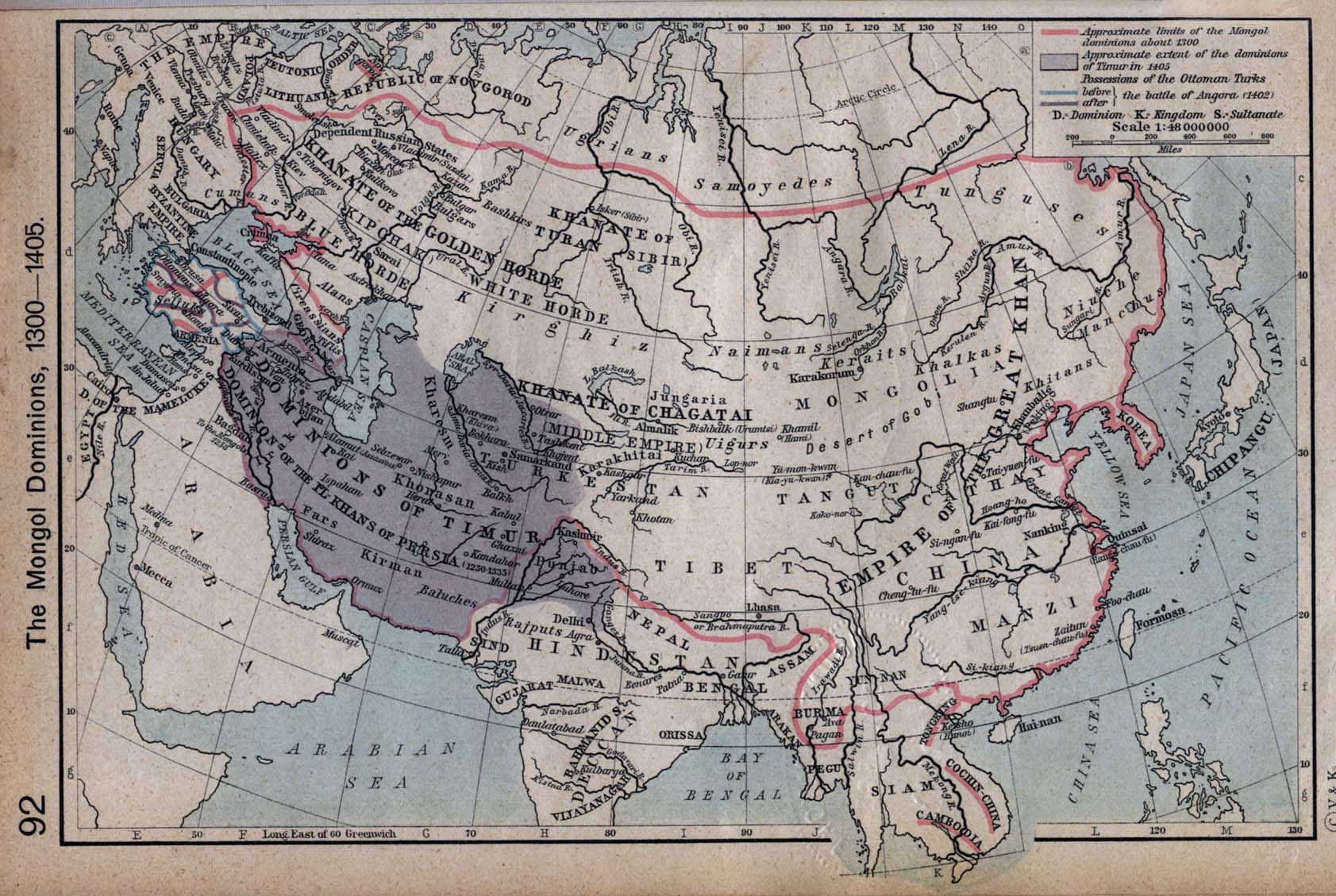 |
| Opening Reception and artist talks. Sam Chung (left) gives insight to his new forms. |
The second day of my residency here at Anderson Ranch proves eventful! Christa Assad and Sam Chung have a joint exhibition titled "Forward and Back" and "Cumulous Dreams," respectively, at
Harvey Meadows Gallery in downtown Aspen, February 7th - March 6th. Coincidentally, these two artists had their first exhibition at the gallery together here some years ago, and are also both Anderson Ranch alumni.
 |
| Teapot by Christa Assad |
Christa's work featured hand-painted images derived from old photographs of industrial landscapes that echo the component forms of the pots. I would have liked to see the paintings on a more uninterrupted surface, because the echos of industry are on the verge of being redundant in a way that severs my attention rather than harmonizing it. Some of these rather grayscale surfaces are punctuated with a bright spot of colored glaze that is like a satisfying glimpse of optimism among somber imagery—a subtle delight.
 |
| Christa Assad collaborative work |
Christa also showed one collaborative work that was clearly a departure from her norm, and very intriguing. I was first impressed with this tiny projector! Regrettably, the projection fell onto the wall behind the two over-sized bottle forms, which should have been avoided for the work to be contained in the sculpture of the forms. Nevertheless, this was my favorite work of Christa's. Her collaborator is an artist specializing in video with similar content of a kind of industrial-nostalgia. The bottles again echoed the images of buildings, smoke-stacks, and water-towers. But these surfaces were more accepting of the imagery than the teapots. This was an adventurous piece, and a successful one.
 |
| Sam Chung, vases with graphic cloud forms. |
I was introduced to Sam Chung's work in 2004 as an intern at The Henry Ford Museum's living history outdoor museum, Greenfield Village, the host venue for a symposium called "Michigan Mud." The architecture of his forms accentuated his pristine craftsmanship just as well then as they do now; but, these forms seem to be much more contemporary because of their graphic nature. The work I remember from nine years ago had a more humble surface quality. During the artist's talk at the opening of the show, Sam explained that the forms were based on Korean Buncheong Joseon dynasty vases such as the one pictured below. His updated versions accented with hard-edged lines (hand-painted!) in bright china paint colors retained his signature style, but capitalized on the attractiveness of a super-clean, graphic surface.
 |
| Drum-Shaped Bottle with Peony Decoration. Korean, Joseon dynasty (1392–1910); late 15th–early 16th century Buncheong with iron-painted design; © Leeum, Samsung Museum of Art, Seoul, Treasure no. 1387. Source: http://londonkoreanlinks.net/ |
When asked about the flat, round surfaces of some works, he admitted that he came to a bit of a stop in how to handle the surface design of that unique protrusion of the form, but decided to again reference historic Korean imagery of the sun setting or rising behind the clouds (see image above, vase with flowers, right). I question the stylistic longevity of such strong lines and bold colors, but it seems that Mr. Chung is not a stranger to pushing boundaries and finding new inspiration for his forms.
Both Christa and Sam are working with the vessel, and with marrying form with 2-D painted surfaces, but the spectrum of interpretations on those two themes was wide, and so, I appreciate the physical separation of the work in the gallery space. Christa's show is neatly on the left as you enter the gallery, and Sam's is cohesively placed on the right.
It was quite a treat for my first night in Aspen. The second treat was witnessing these two very successful artists try their hand at a Karaoke duet sometime later that evening along with several staff and resident artists from the Ranch.
More treats to come . . . stay tuned.






